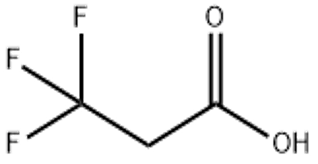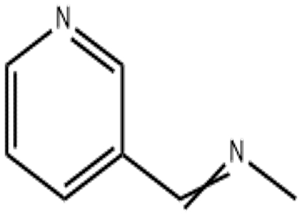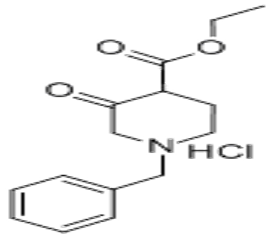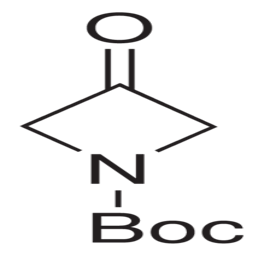Furan(CAS#110-00-9)
| Risk Codes | R45 – May cause cancer R12 – Extremely Flammable R19 – May form explosive peroxides R20/22 – Harmful by inhalation and if swallowed. R38 – Irritating to the skin R48/22 – Harmful danger of serious damage to health by prolonged exposure if swallowed. R52/53 – Harmful to aquatic organisms, may cause long-term adverse effects in the aquatic environment. R68 – Possible risk of irreversible effects |
| Safety Description | S53 – Avoid exposure – obtain special instructions before use. S45 – In case of accident or if you feel unwell, seek medical advice immediately (show the label whenever possible.) S61 – Avoid release to the environment. Refer to special instructions / safety data sheets. S - |
| UN IDs | UN 2811 6.1/PG 2 |
| WGK Germany | 3 |
| RTECS | OB3870000 |
| FLUKA BRAND F CODES | 8-9-23 |
| TSCA | Yes |
| HS Code | 2932 19 00 |
| Hazard Class | 3 |
| Packing Group | I |
| Toxicity | LC (in air) in rats: 30400 ppm (Henderson) |
Introduction
Furans are organic compounds with a cyclic structure. It is a colorless liquid with a special odor at room temperature and is soluble in water and a variety of organic solvents.It is an important organic solvent that can be used to dissolve natural resins, fats, rubber, plastics, and certain natural products. Furans can also be used as a preservative and fungicide.There are many ways to make furan. The commonly used method is preparation by acidic condensation reaction of carbon tetrachloride and ethanol. Furans can also be formed by reacting butylene and sulfuric acid to form tetrahydrofuran, which is then further dehydrogenated to obtain furans.Furans are flammable liquids with low flash points and spontaneous ignition temperatures, and should be kept away from open flames and heat sources. Prolonged exposure to furan may cause skin irritation and eye irritation, and care should be taken to use protective measures such as wearing gloves and goggles during operation. Furans are also toxic and should be avoided if inhaled or ingested. Furans should be used in a well-ventilated area and stored properly in an airtight container away from oxidizing agents. In case of accidental leakage, appropriate emergency measures should be taken to avoid its spread and fire risk.








![Ethyl 3-(2-((4-cyanophenylamino)methyl)-1-methyl-N-(pyridin-2-yl)-1H-benzo[d]imidazole-5-carboxamido)propanoate](https://www.xinchem.com/uploads/thyl324cyanophenylaminomethyl1methylNpyridin2yl1Hbenzodimidazole5carboxamidopropanoate.png)